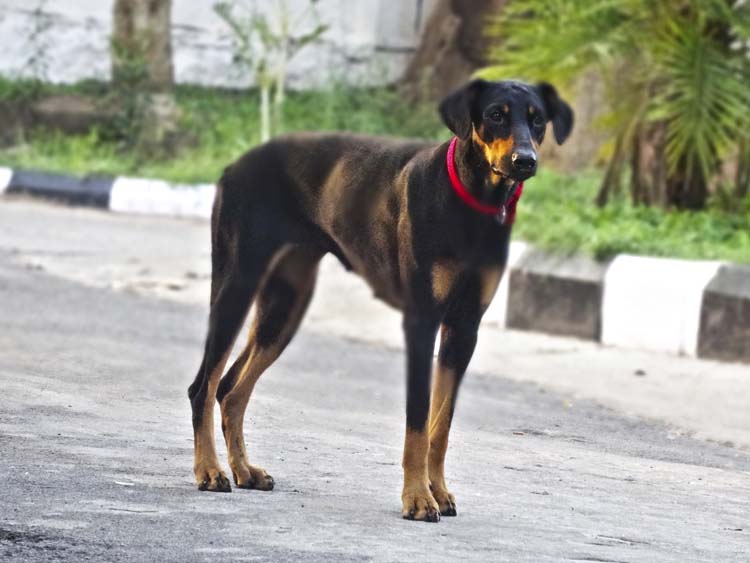Wobbler Syndrome in Dogs
Cervical vertebral instability, more commonly known as wobbler syndrome, is a deformity of the spinal column typically seen in large breed dogs like Doberman Pinchers and Great Danes, as they tend to experience quick growth spurts during puppyhood. Although this syndrome is relatively rare, genetic background, lifestyle and traumatic injury can predispose some dogs to developing this disease.
Causes of Wobbler Syndrome
It is thought that early nutrition may play a role in the development of this disease. A few studies have shown that large breed puppies who are fed diets designed to promote fast growth may be at a higher risk of developing this disease. Disproportionate growth can cause deformity and compression of the vertebrae, thereby damaging the cervical portion of the spine. Dogs suffering from wobbler syndrome typically require a high degree of care due to the sensitive and painful nature of the condition.
Dogs with cervical vertebral instability typically have an obvious uncoordinated gate, weakness or lameness in the hind limbs. In a standing position, the hind legs may appear to be spaced awkwardly apart and bent (not fully extended), which makes the dog look as if he is crouching.
RELATED: 3 Stages of Puppy Development
Wobbler Syndrome Diagnosis
Diagnosis typically involves injecting a radioactive solution into the spinal column. Many veterinary hospitals may not have the proper equipment to perform such a test. Many dogs suspected of having this disease may be referred to a veterinary college for testing.
Treating Wobbler Syndrome
Initial treatment of wobbler syndrome typically involves medication to reduce inflammation around the affected vertebrae. Dogs with a confirmed diagnosis of cervical vertebral instability will require surgery to relieve the compression around the spinal cord in order to relieve the dog of pain and help prevent further damage. This surgery is not considered curative.
However, the purpose of surgery is to prevent further damage to the spinal cord and relieve any pain. Success is dependent upon the amount of existing damage. Some loss of function in the hind limbs may be permanent and can predispose these dogs to arthritis of the knees, hips and back.
RELATED: Treating Cruciate Ligament Injury in Dogs
Prevention
There is no specific diagnostic testing that can reveal when or if a puppy is going to develop this disease. Wobbler syndrome is generally not noticed until the dog has developed a noticeable wobbling walk.
Veterinary assistants should be familiar with risk factors associated with the development of cervical vertebral instability in order to provide the best possible care for these special patients.
You may also like: Post Operative Care for Pets





